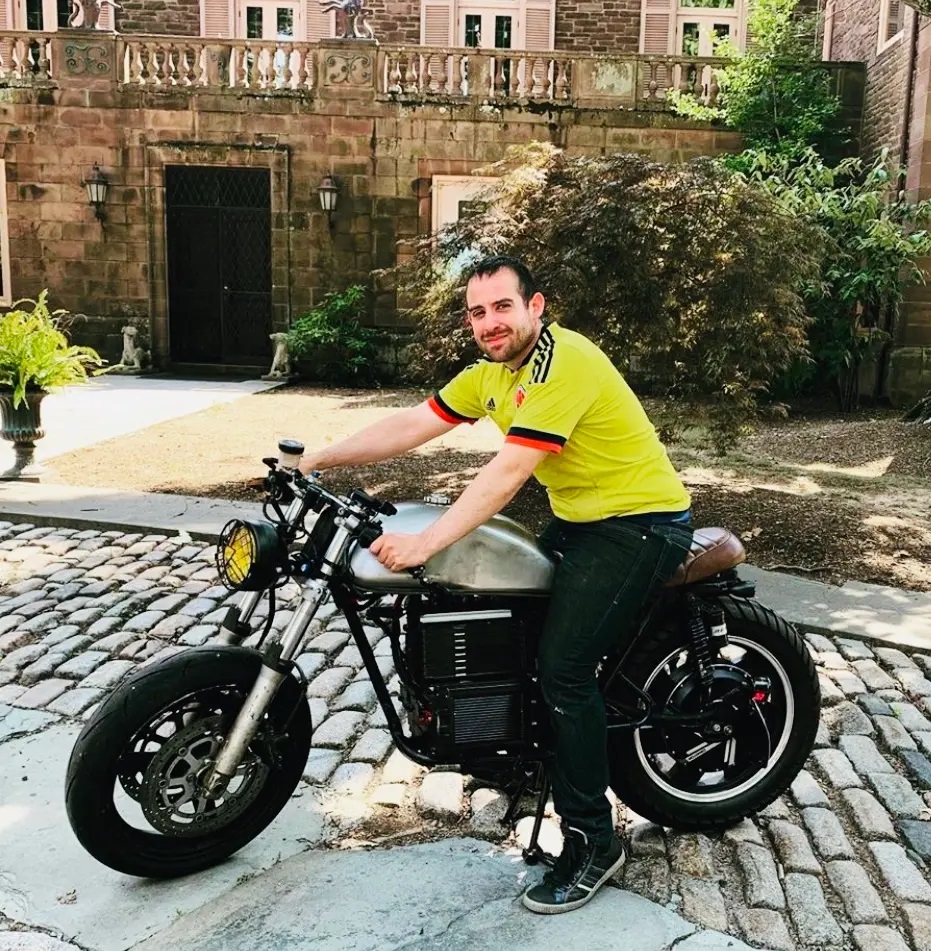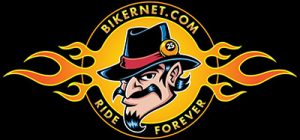
by Susanna Schick from https://cleantechnica.com
Like many CleanTechnica readers, Marlio Escobar wanted an electric motorcycle, but not an ugly, expensive one. He wanted a cool electric motorcycle that fit within his budget. So he built one. And he’ll build you one too. Marlio takes vintage motorcycles (sometimes nothing more than an old frame!) and remakes them into cool electric motorcycles. He looked at the prices of electric motorcycles and thought “there’s no way I’m spending that much money on a bike I can build!” The first one cost him $60,000 to build, but now he builds them for $5,000. That cost includes the motorcycle, because vintage bikes are practically given away thanks to a dearth of parts. He bought a Honda CB200 frame for $100. But he will happily fix any bike, vintage to modern. Marlio has even converted a Suzuki Hayabusa.
Four years ago, Marlio started this endeavor to save on gas money. He wanted something that would get him to and from work, a 60-mile commute round-trip. At first, he planned to build an electric bicycle for this purpose. As part of that project, he went to get a tire changed on a set of electric hub wheels. The mechanic was interested in his project and invited him to build an electric motorcycle together for display at the Philadelphia auto show. And now Marlio has kits that can work on many frames, to make an electric motorcycle capable of up to 200 miles per charge at 75-80mph. The Kawasaki Ninja 250 he converted is now a 550-pound electric beast. Marlio explains that by keeping the gearbox, he gets 40-50 lbs of torque per gear, which helps enormously with the range. This is on a 3 kW motor with a 4-speed transmission capable of a 90-mph top speed. Here is his video of that conversion. Specs are below.
His kit for the CB200 was a little different, as he wanted to make it look appropriate to the vintage motorcycle. The motor is a hub motor, 8 kW 105 Ah, which matches the look of the rear wheel’s drum brake. His converted electric CB200 can blow away the 1/8th mile in four seconds, according to Marlio. To make it home after that run, just dial down the torque with the app and get 80-90 miles of range out of it. Marlio built this CB200 in just a few days.
Marlio enjoys talking to people about what they want. He wants to bring custom electric motorcycles to the masses, to show people how to put it together and customize their build. Since the biggest concern with electric motorcycles is range, he wanted to be able to beat that. So he built a kit capable of getting up to 200 miles of range at highway speeds by minimizing the amps it uses. Marlio mentioned that a Zero is pulling 200-300 amps no matter what you’re doing, so the range is not ideal. I asked if he had an app like my Zero does. There is indeed an app for that. He developed an app which enables the owner to modify the watts, amps, and regenerative braking. When I asked him how he got into this, he told me he’s a big battery whiz and was interested in figuring out density and output, always looking for the ideal battery. He just played around with it while consulting for a battery company. Now he’s really into green energy and has his own green energy/development company. He works with developers on creating solar-powered buildings. Follow the adventures of DIY Guy and see what else he builds on YouTube and on Instagram.
Marlio would like to thank the following people for helping him bring his dream to life:
Raul, owner of Electric Motorsport in California, for moving him toward electric motorcycles and walking him through his first build.
Ambler EV in Ambler, PA that specializes in EV conversions for allowing Marlio to work out of their shop.
ASI technology in Canada produces some of the best controllers on the market and helped him to develop the right controller. Their product is great because you can change your power specs on the fly through their app.
Escobar CB200 specs:
CB200 frame
GXSR 600 front forks
ASI Bosch BAC8000 controller
3 LG chemical batteries
1 kWh
8 kW hub motor
70 mph top speed
80 miles of range
Escobar Blue Ninja specs:
Kawasaki Ninja 250
ASI Bosch BAC8000 controller
86v 480 a123 26650 cells
2 kWh
8 kW hub motor
85 mph top speed
50 miles of range
3.9 seconds in the 1/8 mile
